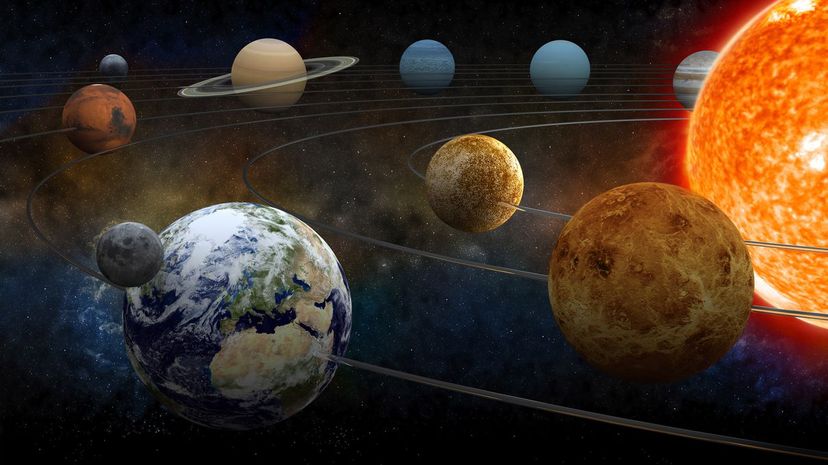
About This Quiz
For the longest time, people thought that our solar system comprised the entire universe and that the planets were just randomly floating around Earth. We know now that the earlier thoughts are not true, and through the finding of scientists such as Galileo and Copernicus, we've learned so much about the solar system. Planets other than earth have oceans, volcanoes and mountains. Pluto is no longer a planet, although that depends on who you ask. The moon wasn't always the shape and size that we know today. With the more advances in technology, the more we will learn about this great, vast place.
How much did you pay attention in science class growing up? That information could greatly help you with this quiz. If you've ever watched shows like Planet Earth or Cosmos, you might ace this! There's so much to know about the solar system that the people who study it and explore it for a living don't even know everything. It also turns out, the more you know, the more you don't know. As soon as one question is answered, a hundred more pop up. If you think you know at least some things about the solar system, take this quiz to find out if you're right!
Advertisement
Advertisement
Advertisement
Advertisement
Advertisement
Advertisement
Advertisement
Advertisement
Advertisement
Advertisement
Advertisement
Advertisement
Advertisement
Advertisement
Advertisement
Advertisement
Advertisement
Advertisement
Advertisement
Advertisement
Advertisement
Advertisement
Advertisement
Advertisement
Advertisement
Advertisement
Advertisement
Advertisement
Advertisement
Advertisement
Advertisement
Advertisement
Advertisement
Advertisement
Advertisement